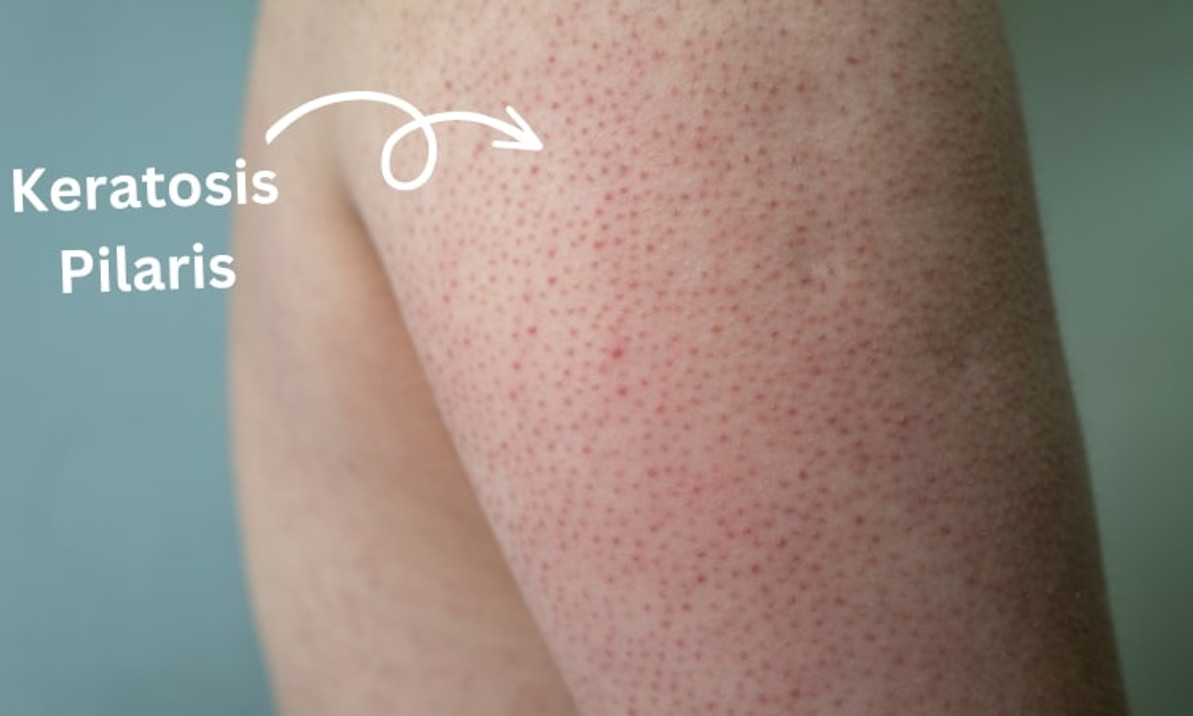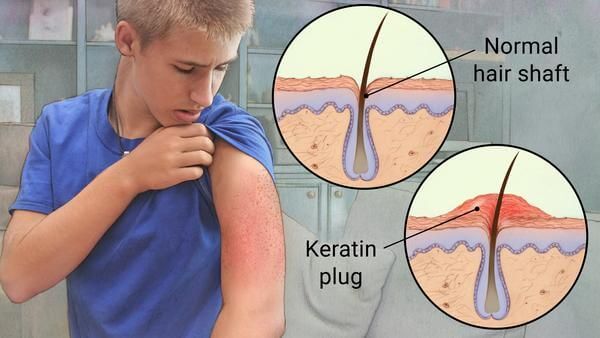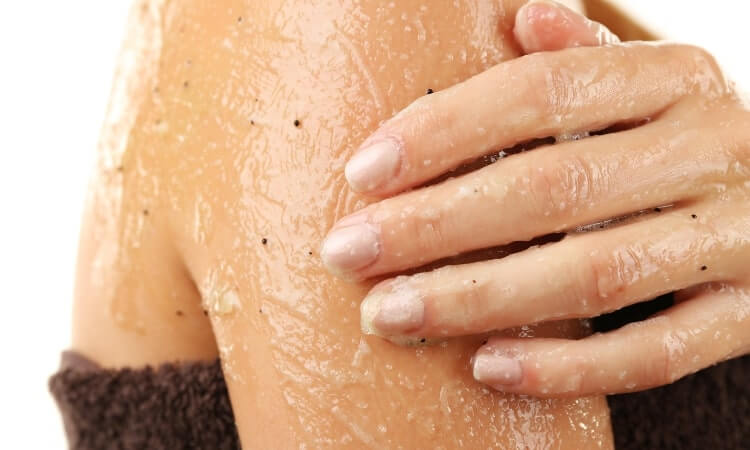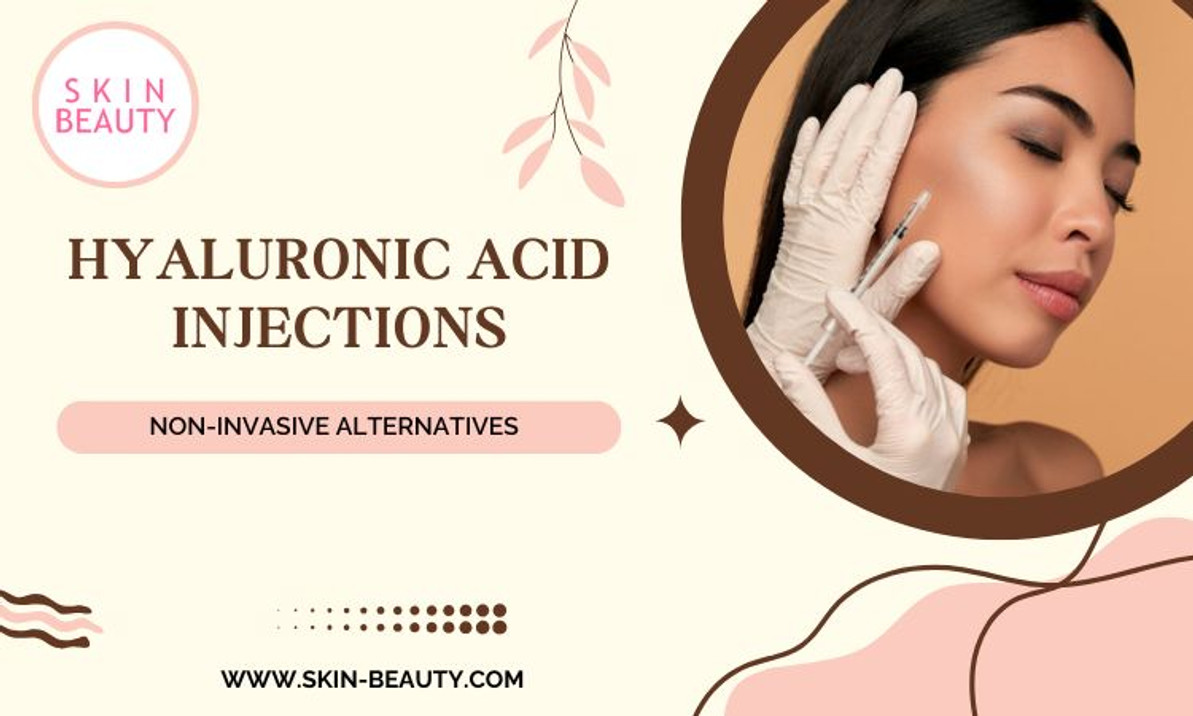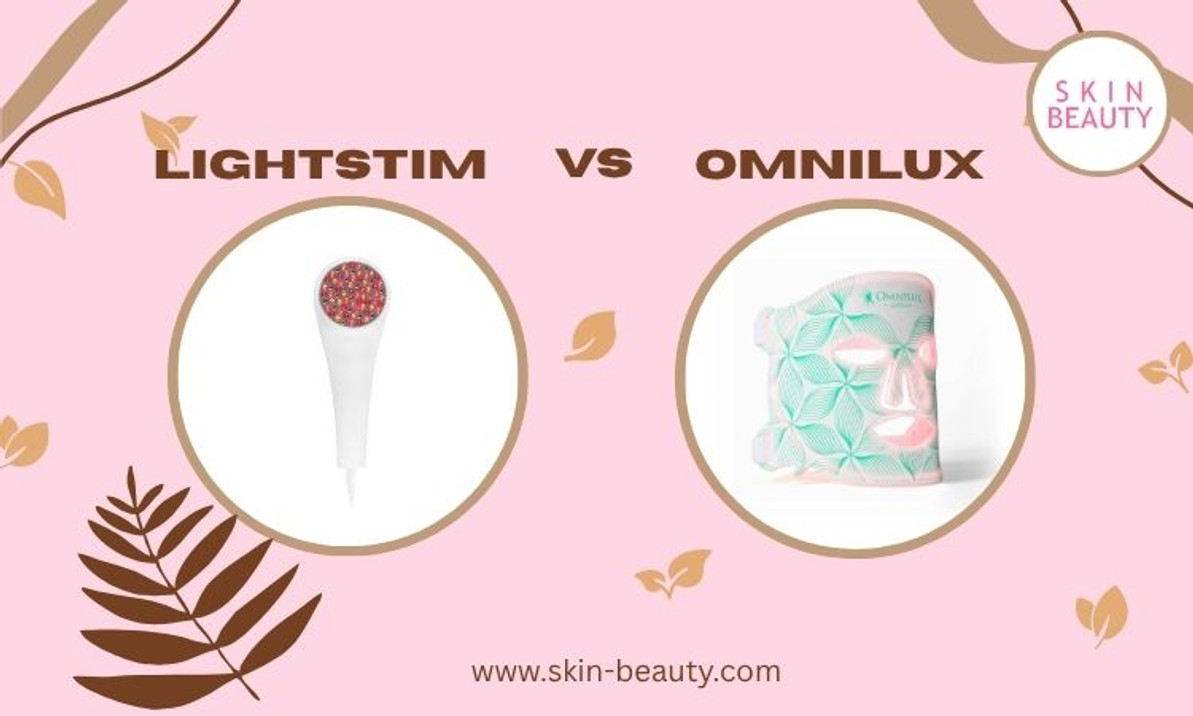How to Treat Keratosis Pilaris with the Right Skincare Products
If you have heard of keratosis pilaris, also known as KP, before, you may know how frustrating it can be to treat those tiny white or red bumps on the top of arms, thighs, and buttocks to manage — and so can trying to find the best products to use. Fortunately for those living with KP, the right skincare routine can offer some real relief. In this article, you'll learn how to tackle keratosis pilaris with the right creams, lotions, and more. You can finally get that smooth, clear complexion you've been looking for. So keep reading and discover how to treat keratosis pilaris!
Table of Contents
- 1. Exploring Keratosis Pilaris: Common Causes and Symptoms
- 2. Overcoming Keratosis Pilaris with the Right Skincare Products
- 3. Navigating a Skincare Regimen to Treat Keratosis Pilaris
- 4. Choosing the Best Skincare Products for Treating Keratosis Pilaris
- Q&A
1. Exploring Keratosis Pilaris: Common Causes and Symptoms
Keratosis Pilaris, which can also be called "chicken skin", is a harmless skin condition that affects millions of people worldwide. You might notice these annoying bumps appearing on your arms, thighs, or even buttocks. Curious about what's causing them? Let's dive in and explore the reasons and symptoms:
- Causes – KP is thought to be primarily caused by a build-up of keratin, which is a protein in the outer layer of the skin. Other possible causes may include allergies, eczema, hormonal imbalances, and vitamin A deficiency.
- Symptoms – The most notable and common symptom is small, raised bumps on the skin. These bumps can be red, pink, or white, depending on your skin tone. Other symptoms may include dryness, irritation, itching, and redness.
Even though the exact cause of keratosis pilaris is not completely known, there are treatments available to help relieve the symptoms. If you believe you have keratosis pilaris, it's a good idea to visit your doctor to discuss treatment options that fit your individual needs.
2. Overcoming Keratosis Pilaris with the Right Skincare Products
Even though KP is generally harmless, it can still be embarrassing and uncomfortable. So, it's crucial to find the right products to treat it. Here are some things to consider when searching for KP treatment products:
- Look for ingredients like lactic acid, salicylic acid, hyaluronic acid, and urea that can soften and exfoliate the skin.
- Avoid products with fragrances, parabens, artificial dyes, and alcohol-based ingredients.
- Ceramides are great for replenishing moisture, so opt for lotions, body washes, and creams that contain this ingredient.
By keeping your skin hydrated and avoiding harsh ingredients, you can alleviate your symptoms and maintain healthy, KP-free skin.
3. Navigating a Skincare Regimen to Treat Keratosis Pilaris
Keratosis Pilaris can present itself slightly differently for everyone, but across the board will physically look similar for most people that it affects. The best approach to treating Keratosis Pilaris is to make a tailored skincare routine that addresses the symptoms you’re experiencing. Here are some steps to better manage the condition:
- Start by using lukewarm water when you shower/bathe and using gentle products such as cleansers containing lactic acid. You may want to switch to a cleanser specifically formulated for those with sensitive skin.
- Exfoliate once or twice a week with a mild scrub to reduce the bumps. Avoid harsh scrubs altogether since they can be too abrasive.
- Apply a moisturizing cream or ointment to the affected area right away after showering/bathing to keep the skin moist and hydrated. Look for lotions or creams with lactic acid or urea.
- Make adjustments to your diet such as including more Omega fatty acids since they can help reduce dryness.
Additionally, discuss any treatment options with a board-certified dermatologist to get more personalized advice on how to navigate your skincare regimen. Remember, skincare and addressing Keratosis Pilaris is about finding what works best for you specifically.
4. Choosing the Best Skincare Products for Treating Keratosis Pilaris
Keratosis is common in both adults and children and is often self-diagnosed. If you're dealing with KP, you know that finding the right skincare products can be challenging. But, once you find those perfect products, you'll be able to manage your KP and get the clear, smooth skin you're searching for. Unfortunately, there is no simple one-size-fits-all remedy, but here are some tips that might come in handy while looking for your KP skincare products:
- Gentle Cleansers: Avoid soaps, detergents, and fragrant cleansers, as they're more likely to irritate your skin.
- Moisturizers, Body Creams, and Lotions: Look for formulas with lactic acid, glycolic acid, or urea to keep skin hydrated, while some formulas with AHA can reduce the appearance of KP over time.
- Sunscreen: Protect your skin from damaging UV rays that can further irritate KP-prone skin.
Everyone's skin is different, so it might take some time, or trial and error to find the products that work best for your skin. With the right skincare routine and products, you can confidently manage your KP and get the skin you've always wanted.
Q&A
Q: What is Keratosis Pilaris?
A: Keratosis Pilaris is a common skin condition characterized by small bumps and rough patches of skin on the arms, legs, and other areas of the body. It can also cause itching and dryness of the skin.
Q: What are the typical symptoms of Keratosis Pilaris?
A: The most common symptom of Keratosis Pilaris is small, red or skin-colored bumps on the skin. Additional symptoms can include itching, dryness, and a rough texture of the skin.
Q: How can Keratosis Pilaris be treated?
A: The most effective way to treat Keratosis Pilaris is to use the right skincare products. These products should include a gentle cleanser, a moisturizer specifically formulated for Keratosis Pilaris, and a topical exfoliant to help reduce inflammation and eliminate the bumps.
Q: What are the best skincare products to use for Keratosis Pilaris?
A: The best skincare products to use for Keratosis Pilaris include cleansers that are gentle and do not contain harsh ingredients, creams, and lotions that contain lactic acid or salicylic acid to exfoliate the skin, and moisturizers that are specifically formulated for Keratosis Pilaris. It is important to avoid products that contain fragrances, alcohol, and other harsh ingredients.
If you're looking for a way to manage keratosis pilaris, the right skincare products may prove to be a helpful solution. With the right product arsenal and consistent practices, you may find yourself with smoother, healthier skin. Put these tips into practice and you may be feeling confident about your skin in no time!
Recent Posts
-
Hyaluronic Acid Injections
Hyaluronic Acid Injections: What to Know & Non-Invasive Alternatives That Actually Work In the p …Jun 17th 2025 -
Kojic Acid Creams
My Kojic Acid Journey: How One Ingredient Transformed My Skin (And the Best Kojic Acid Creams to Try …Jun 11th 2025 -
LightStim vs. Omnilux
LightStim vs. Omnilux: My Real LED Skincare Results & Which One I Recommend LED light therapy&nb …Jun 3rd 2025

